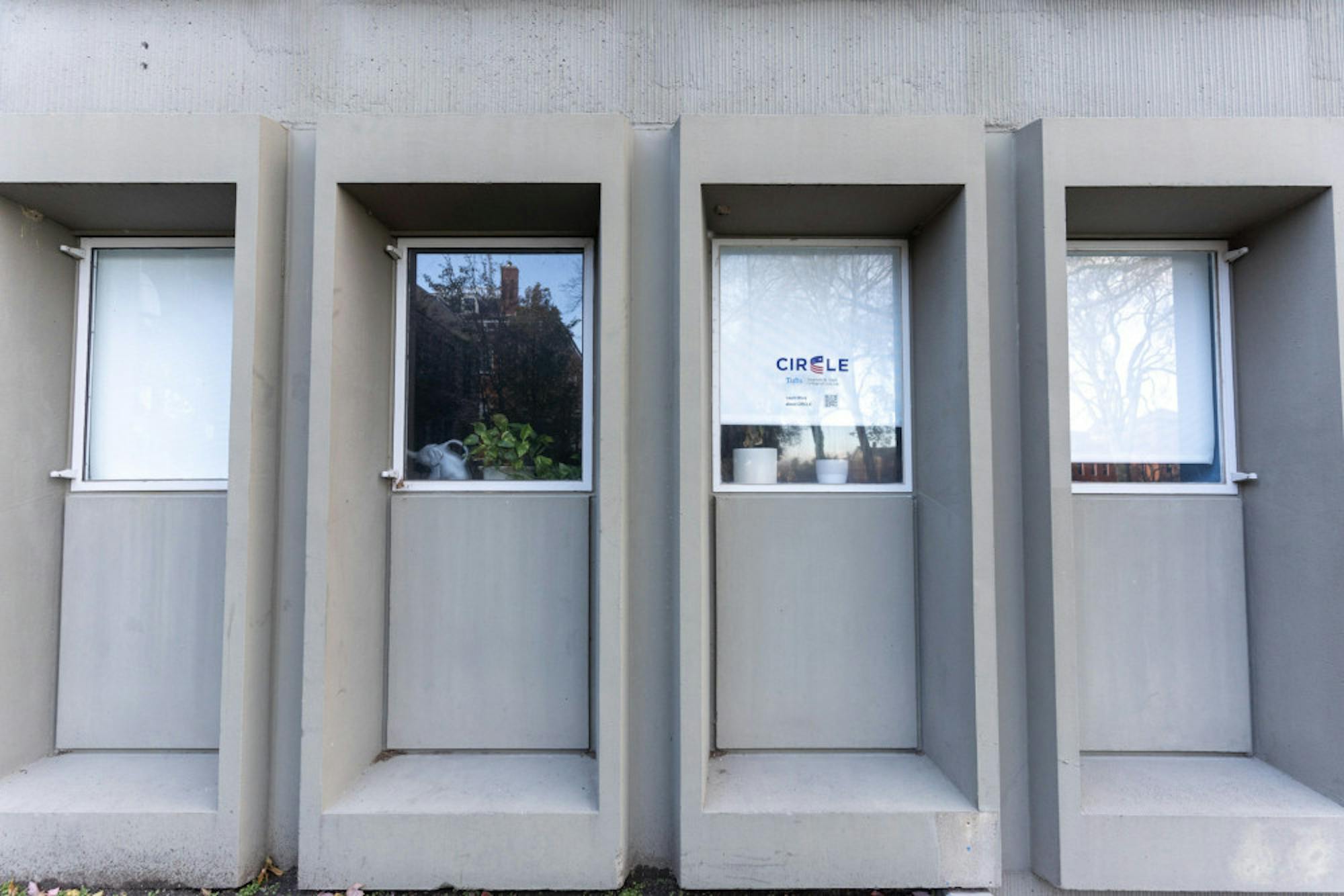The Center for Information and Research on Civic Learning and Engagement at Tufts University published early data on youth voter turnout and its impact on the 2022 midterm elections. During this year’s election, CIRCLE focused on how 18- to 29-year-old Americans voted, what impacted their decisions and what the newfound statistics mean for future youth representation.
According to CIRCLE’s estimates, 27% of youth aged 18–29 voted in the 2022 midterms, the second-highest youth turnout in the last 30 years. Noorya Hayat, a senior researcher at CIRCLE, and Ruby Belle Booth, the elections coordinator at CIRCLE, attributed the recent increase in turnout to the youth’s connections to today’s hotly debated issues.
“Young people are really motivated to come out and are trying to find the issues that they care about,” Hayat said. “They’re the generation that said … ‘abortion, gun violence and inflation are issue priorities for us, and we are going to vote on that.’”
“I think [these voting trends are] indicative of a trend of young people connecting the problems in their communities to elections,” Booth added.
One issue in particular — abortion — drove the heightened turnout, with 44% of young people considering abortion the top priority in deciding their vote, according to Hayat.
Abortion and other prominent issues ultimately led to the Democrats’ overwhelming success in winning over the youth. According to CIRCLE’s 2022 Election Center, an Edison Research National Election Pool exit poll showed that the House Democrats received 63% of youth votes while the House Republicans received just 35%. Peter de Guzman, an associate researcher at CIRCLE, explained how abortion has led to demographic shifts in the primary deciders of the outcome.
“We saw that 53% of new registrants in the young age bracket were women, compared to 47% male, so I think [abortion rights] are definitely mobilizing issues for young people,” de Guzman said.
Hayat also commented on the demographic differences in voter participation.
“[That is] what’s driving that 28-point margin: [it’s] young people of color, it’s LGBT youth, it’s young women in general,” Hayat said, referring to the difference in youth votes for Democratic candidates versus Republicans.
The youth vote also led to sizable impacts in battleground states. In Nevada, young voters provided three times the margin of victory in a close Senate race between Catherine Cortez-Masto and Adam Laxalt. In Arizona’s governor’s race, where Democrat Katie Hobbs was projected to win by a meager 20,000-vote margin, the youth contributed 60,000 net votes toHobbs. In Georgia, young voters provided 116,000 net votes to Democrat Raphael Warnock, who had just 35,000 more votes than his opponent Herschel Walker.
With younger generations emerging as a powerful voting bloc, representatives from CIRCLE say that both parties may choose to adjust their strategies in order to win the youth vote in future elections.
“I think both parties benefit from investing in young voters, and that doesn’t just mean reaching out to them in the weeks before an election,” Booth said. “It also has to be backed with actions that show young people that candidates and parties see them as more than just a vote to be won.”
One candidate, in particular, has shown his colleagues a potential answer to capturing young people’s attention. Newly elected Pennsylvania Senator John Fetterman, who beat his Republican opponent with just over 250,000 votes, employed untraditional tactics during his campaign.
“[Senator-elect John Fetterman] ran his campaign in a way that was really relatable and meaningful to young people,” Booth said, attributing Fetterman’s success to his 26-year-old digital team leader. “It’s not only an investment in young people, but it’s one that shows a respect for their worldview and their humor and their issues.”
For Democrats and Republicans, standing voting barriers and a lack of education also limit youth voter turnout. de Guzman said that this problem is due to the candidates’ narrow scope of focus on youth voters. He believes that candidates must cater to socioeconomic, racial and cultural differences to increase voter turnout and gain supporters for themselves.
“[Young people] hold a lot of different issues, they are very racially diverse, [and] they also have a lot of different lived experiences,” de Guzman said. “So candidate outreach needs to tailor to all that diversity.”
However, de Guzman said that increasing voting accessibility need not come from politicians, as other young people can help increase youth turnout and political involvement.
“That’s where a lot of young people play in,” de Guzman said. “We see young people have high rates of contacting other young people about how to register to vote, so [increasing youth turnout] is really a place [where] they can take leadership.”






